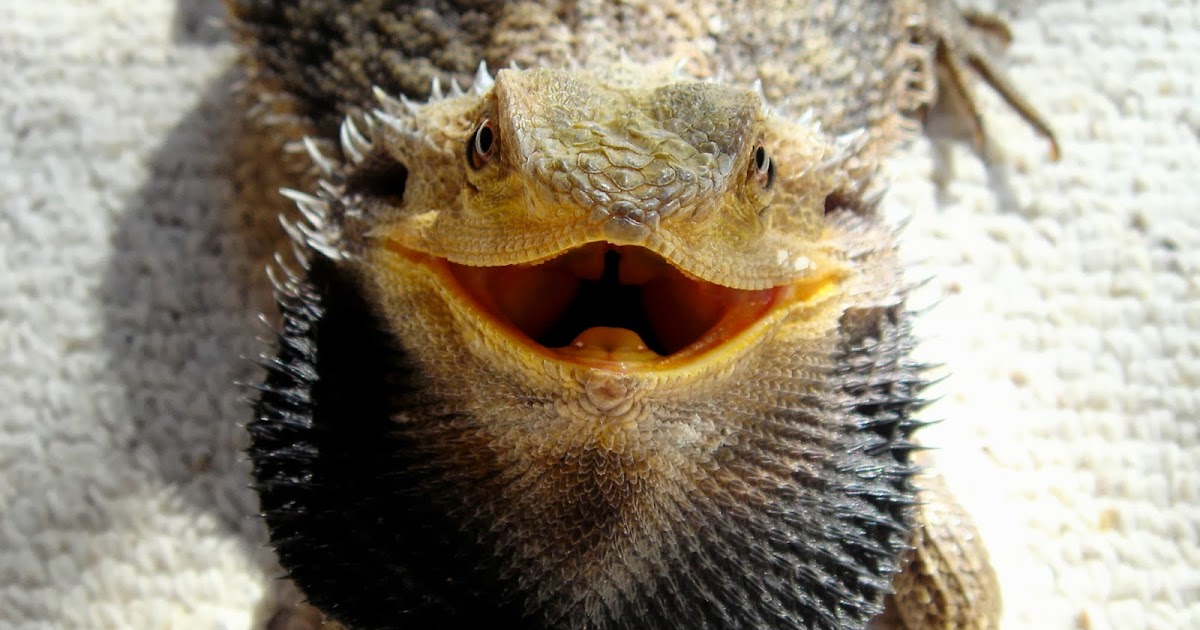Are bearded dragons social creatures? This is a question that many potential pet owners ponder before bringing one of these fascinating reptiles into their homes. Known for their unique appearance and engaging personalities, bearded dragons have become increasingly popular as pets. However, understanding their social behavior is crucial for both their well-being and the owner's experience. In this article, we will delve into the social dynamics of bearded dragons, exploring their interactions with humans and other reptiles.
While bearded dragons are often seen basking alone in their terrariums, they do exhibit social behaviors, both in the wild and in captivity. Understanding these behaviors can help you create a more enriching environment for your pet. We'll explore how these lizards communicate, their territorial instincts, and whether they thrive better in isolation or in a social setting.
Join us as we unravel the complexities of bearded dragon socialization. Whether you are a seasoned reptile enthusiast or a first-time owner, knowing how to foster a healthy social environment for your bearded dragon can lead to a happier and healthier pet. So, are bearded dragons social? Let’s find out!
What is the Natural Habitat of Bearded Dragons?
Bearded dragons are native to the arid regions of Australia, where they inhabit forests, scrublands, and deserts. Their natural habitat significantly influences their social behavior. In the wild, these lizards are often solitary, but they do come together during specific seasons, such as mating or basking in the sun. Understanding their natural environment helps us better comprehend how they interact with each other and their surroundings.
How Do Bearded Dragons Communicate?
Communication among bearded dragons can be quite intricate. They utilize a range of body language and vocalizations to express their feelings and intentions. Some common methods of communication include:
- Body Posture: Bearded dragons may puff up their beards, bob their heads, or change color to communicate dominance or submission.
- Vocalizations: While generally quiet, they may hiss or emit soft sounds when threatened or excited.
- Tail Movement: Rapid tail flicking can indicate excitement or agitation.
Are Bearded Dragons Territorial?
Yes, bearded dragons can be territorial. In the wild, males often establish dominance over certain areas and will defend their territory against other males. This behavior can become more pronounced in captivity, especially when multiple bearded dragons are housed together. Understanding territorial behavior is essential for preventing aggression and ensuring a peaceful coexistence.
Can Bearded Dragons Live Together?
While it is possible for bearded dragons to live together, it is crucial to consider several factors to ensure their safety and comfort. Here are some important points to consider:
- Gender: Males are more likely to display aggression towards each other, so it is advisable to house them separately. Females can sometimes coexist, but monitoring their behavior is vital.
- Space: If you choose to house multiple bearded dragons together, ensure they have enough space to establish their own territories.
- Temperament: Each dragon has its personality; some are more social than others. Observing their interactions is essential.
Do Bearded Dragons Enjoy Human Interaction?
Many bearded dragons exhibit a friendly disposition towards their human caretakers. They can become accustomed to handling and may even seek out attention. Here are some signs that your bearded dragon enjoys human interaction:
- They approach you when you enter the room.
- They actively seek out your hand for petting.
- They appear calm and relaxed during handling.
How Can You Enhance Your Bearded Dragon’s Socialization?
To foster a friendly and social environment for your bearded dragon, consider the following tips:
- Engage in regular, gentle handling to build trust.
- Provide a varied environment with climbing structures and hiding spots.
- Introduce your bearded dragon to new experiences gradually, allowing them to explore at their own pace.
What Are the Risks of Socializing Bearded Dragons?
While socializing your bearded dragon can be beneficial, there are risks involved, especially when housing multiple dragons. Some potential risks include:
- Aggression: As mentioned, males can be aggressive towards each other, leading to injuries.
- Stress: Overcrowding or forced interactions can cause stress, leading to health issues.
- Infectious Diseases: Close proximity can increase the risk of transmitting diseases among reptiles.
In Conclusion: Are Bearded Dragons Social?
So, are bearded dragons social? The answer is nuanced. While they can form bonds with their human caretakers and exhibit social behaviors, they are primarily solitary creatures by nature. Understanding their social dynamics can help you provide a better environment for your pet. Bearded dragons can thrive in a social setting if managed correctly, but it's essential to respect their individual personalities and natural instincts.
As a pet owner, your role is to create a safe, enriching environment that allows your bearded dragon to express its natural behaviors while also enjoying human interaction. By observing their behavior and making informed choices, you can ensure a happy and healthy life for your scaly friend.
Frank Fritz: Remembering His Legacy After His Passing
Exploring The Current Residence Of Sarah Palin
Unraveling The Mystery: Was Lilli Kay Born A Man?

Social Deconstruction of the Bearded Dragon Ethology

Are bearded dragons social? Discover how to nurture their social needs

Are Bearded Dragons Social? Mypetcaretutor